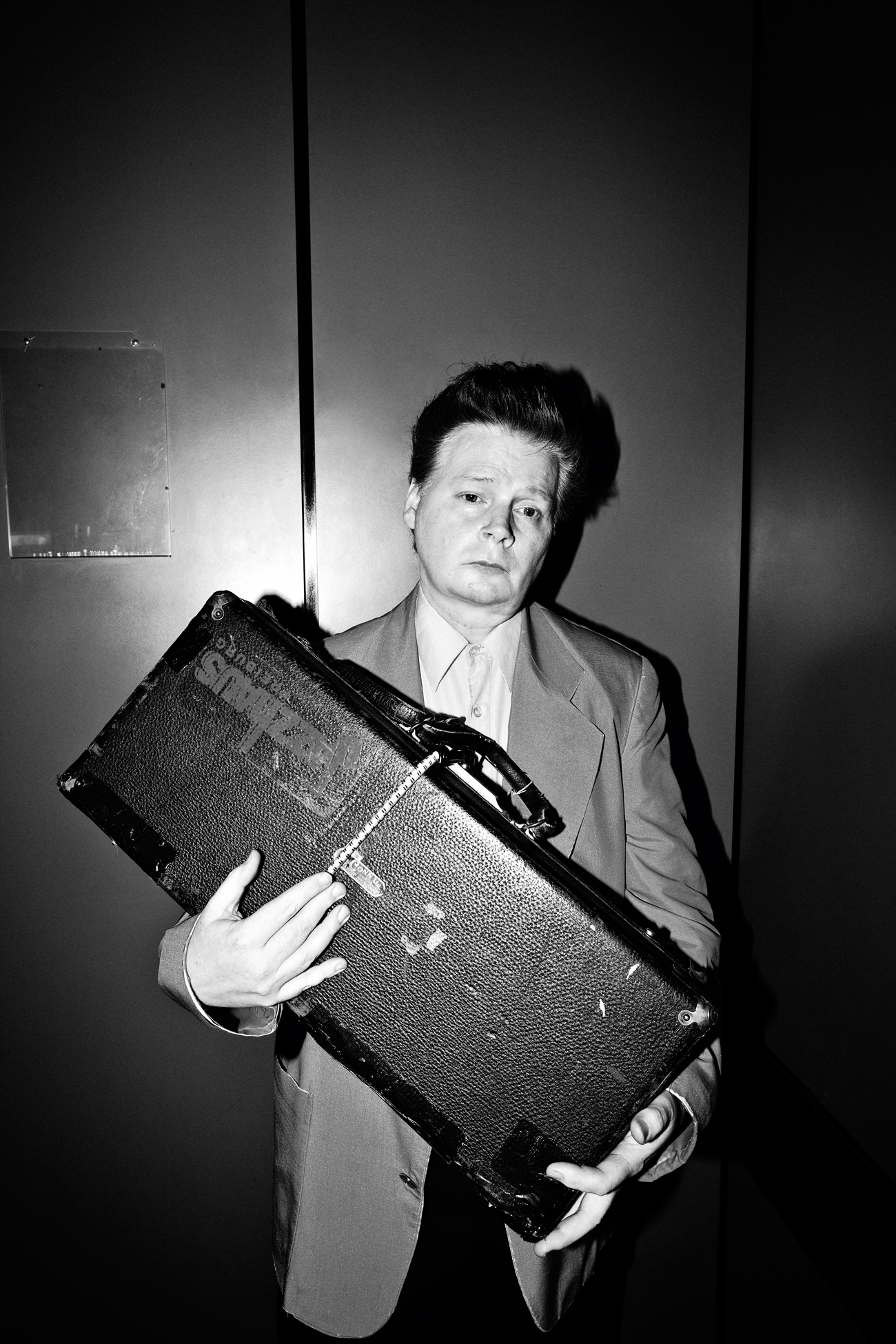Purple Magazine
— F/W 2011 issue 16
James Chance
interview by GLENN O’BRIEN
photography by OLIVIER ZAHM
James Chance, aka James White, nee James Siegfried, is one artist who never disappointed me. When punk rock was jolting the world, James put the best parts of it into funk. Our friend Debbie Harry once said, “Punk is a time signature.” And at the end of the 1970s, funk, as practiced by James Brown, Bootsy Collins, and George Clinton, was the most revolutionary and relevant musical form. James sped up funk like the Ramones sped up three-chord rock and roll. It was syncopated and aggravated, angry but chilled, and an all-out assault on convention and stupidity. James is still doing his thing, working with a French band and doing DJ gigs. He has a new album due out this fall.
When I first saw James perform I thought he was going to be bigger than Mick Jagger. He was…
